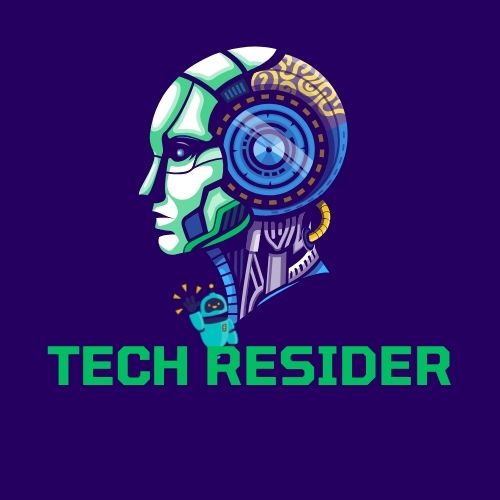Dive into the world of Artificial Intelligence and its profound effects on the future of work
If we look at jobs today, we will see a team of three generations, each of which takes technology in different ways and the degree of immersion in their capabilities.
So, Generation X builds workflows with email, phone calls, and face-to-face meetings. Social media messengers use millennials for communication. And the digital generation prefers a comfortable mix of technologies, personal gadgets and applications at its discretion. But the goal for all is the same – to save time on a routine in order to pay attention to tasks that require a creative approach or emotional involvement.
Modern technologies are ready to provide each generation with solutions for productive work, and, first of all, collective, as an employee spends 80% of his time working with someone in organizations, companies, and projects. This trend will be relevant in 2020. Another trend that we will observe this year is remote work. Therefore, IT companies and program developers around the world are working hard to create solutions that meet the requirements of a modern workplace, and most of these solutions involve artificial intelligence.
Artificial Intelligence is a pleasant routine
Thinking about artificial intelligence ( AI), most of us probably represent robots and science fiction stories. But you already use AI every day – perhaps without even realizing it.
So, personal assistants in smartphones clean up the schedule, control costs, remind of the meeting. Special programs track preferences and display ads that are relevant to our needs on social networks or on Internet resources. Chatbots answer questions quickly, accurately, 24/7. And all this is AI in action.
Artificial Intelligence in the workplace
Probably, no modern communication at the workplace can do without e-mail, video communications, presentations, chat bots and help desk. AI expanded their functionality, making it significantly more comfortable and productive.
Digital letters
Email has been around for a long time, and almost everyone has at least one email address. However, it still continues to evolve, adapting to the needs of the workplace. For example, today you can connect Microsoft Outlook to your LinkedIn profile and send a letter directly to the subscriber simply by entering his name in the “ To” line, and it is not necessary to know the e-mail address.
Email uses artificial intelligence to filter out 99% of spam, so he did not get into the folder ” Inbox” or to create a ” smart answers” who try to imitate your personal writing style.
And with the help of AI, you can correct grammatical errors in the body of the letter and book conference rooms of the company, which are ideal for visitors to meetings, because AI in Outlook has already analyzed colleagues’ schedules, free time, room availability and other parameters.
Video calling
Video conferencing or video chat is an important part of the workflow, especially when remote work and freelance are becoming more popular. The opportunity to see someone’s face, even if the person is thousands of kilometers away, offers a deeper level of communication.
But if you call from home or any other place, and the background does not match the level of the meeting, artificial intelligence will come to the rescue. Blur background and face recognition . This will help hide the likely mess behind you, focusing only on you.
Artificial intelligence will also help to find a common language with people. So, programs help people understand each other in real time, while communicating with other people in all corners of the world. What is needed for an international project in which several countries are involved. So AI unites people and overcomes language barriers.
Presentations
Almost everyone uses presentations in their work. To make them attractive, companies rarely turn to designers, since not every budget can withstand their fees.
Imagine the situation: you made a presentation with perfect miniatures and are ready to present them, say, to your foreign colleagues. At the last minute, you find out that not all of them speak English. Do not worry, AI will help. While you are speaking in the conference room, PowerPoint will listen to what you are saying, write in English on the screen and translate it into the language of your choice in real time. Moreover, the AI trainer function will help prepare for an important speech by sharing directions on the pace or content of the speech in the report.
Chatbots on the robot
Chat bot is well integrated into work processes. So, HR specialists actively use the chatbot to adapt staff to the new workplace, which significantly reduces the time for new employees to master job descriptions, introduces information about the company, products and services.
The recruiting bot instantly answers questions of employees and candidates day and night. This is beneficial to both parties. Employees do not wait long for answers, and the HR department can devote more time to improving the work of the company.
Also, artificial intelligence in the HR sector sorts resumes according to the needs of the employer, conducts video interviews, tests staff, improves communication in a team, and the like.
Artificial Intelligence in Help desk
The help desk serves as a “ single window” for users to communicate with specialists of the IT department, whose primary task is to service and provide the company’s personnel with high-quality technical support. Artificial intelligence will sort requests by priority, quickly fix problems in the system, or through a chat bot to answer questions.
AI continues to automate processes and create new opportunities for people and teams in the workplace. So get ready for new experiences.
